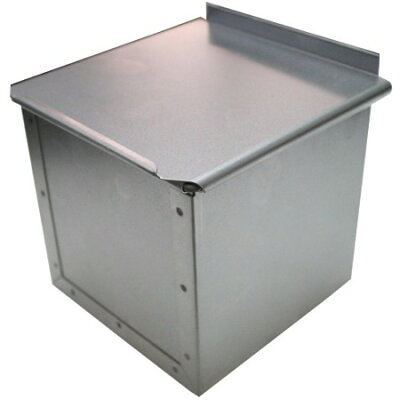 |
| Our Homemade Gyoza with wings! |
This is definitely our dinner favorite. Our kids love them especially our oldest. He used to tell me he won't move out of our house when he grows up because he wants to keep eating Gyoza that I make. (I should stop making them!)
From nutritional standpoint these little dumplings are almost perfect. Each dumpling has some carbohydrates (wrapper, wheat), protein (ground pork), vegetable (cabbage and hakusai etc.) and to top it off, it has some nature's powerful antioxidant and anti-cancer agents - ginger and garlic!!
Even when I was growing up my mom have always made Gyoza. But I was surprised to find that not too many people actually make Gyoza at home. They would buy pre-made at a supermarket or from a restaurant.
Yes they are sort of time consuming, well at least wrapping the filling but I really think it's worth it in the end when you and your family taste the finished products! And besides you can shorten the process by using a food processor!
Enough babbling, let's get us started!
Yields to about 50 gyoza (4 servings)
Ingredients
- Ground pork about 1lb or 500g
- Finely chopped cabbage 1 1/2 cup (about 400ml)
- Finely chopped hakusai 1 1/2 cup (about 400ml)
- Finely chopped half an onion
- Finely chopped green onion 1 cup
- Sake (rice wine) 1 tbsp
- Oyster sauce 2 tbsp (preferably non MSG kind)
- Sesame oil 2 tbsp
- Finely chopped fresh ginger 2 tbsp
- Finely chopped or grated garlic 1 tbsp
- Fresh ground black pepper 1 pinch
- Potato starch (or any starch) 2 tbsp
- Gyoza wrapper (50 or so)
- Finely chop all the veggies except garlic and ginger. Remove any excess moisture from the veggie by squeezing gently with your hands. Place them in a big bowl. You can use food processor as I did to chop all the veggies.
- Sprinkle the potato starch in with the veggies and mix well with a spoon. Set aside.
- In a separate medium bowl mix together the meat, chopped ginger, garlic and black pepper. Knead the mixture using your hands until well combined.
- Combine the meat mixture to the veggie mixture and add oyster sauce, sake, and sesame oil and mix well with your hands until it becomes somewhat sticky.
- Prepare a large serving plate or a cookie sheet dusted with flour. Wrap the filling with gyoza wrappers. Wrapping gyoza takes practice, you may want to watch this youtube video to learn how. (Not my video!)
- They are all wrapped up and ready to be cooked now. You may freeze these uncooked if there are too much for one go. If you decided to freeze them make sure to transfer them onto a cookie sheet lined with parchment paper or they will stick in the process. Once frozen you can put them all in a ziploc bag.
- Heat a frying pan on medium and add about 1tbsp of vegetable oil.
This is how I usually cook my gyoza as with this layout I can cook many at the same time as well it looks like a flower! And I LOVE FLOWERS!!
Fry until the bottoms of the dumplings looks toasty brown. Don't worry they don't need to be cooked all the way though at this point. We are just giving them the appetizing color and crusts.

Don't they look lovely :) - Add about 1/2 cup of water to the pan and cover. Lower the heat if needed to cook through for about 5 minutes.
- Remove the lid and continue cooking to crisp the outside of gyoza. Try not to burn them!
- Place a plate that is a size smaller than the pan onto gyoza and flip the pan to transfer all the stickers onto a plate.
 |
| Cut the prep time dramatically by using a food processor! |
 |
| Get your hands dirty and sticky. |
 |
| All wrapped up and good to go. |
 |
| Now it's time to cook them through! |
 |
| It's OK to totally flip sometimes! |
"hanetsuki gyoza" is how Japanese call these gyoza and it literally translates to "winged gyoza". We call those extra crunchy bits around each gyoza "hane" - wings. The wings add pleasant extra crunch like crackers and visual effect.
- Follow the directions above for regular gyoza to Step 7.
- In Step 8, mix 1tbsp of flour into 1/2 cup of water to add to the pan to steam cook, covered about 5 minutes until they are cooked all the way though.
- Remove the lid and continue cooking to crisp the outside of gyoza and to make the wings around the gyoza. Remember it will take longer than when you are making regular gyoza. Try not to burn them!
 |
| Tada!!!!! |
Also check out my CookMap.com page of this recipe for step-by-step instruction with photos!


























